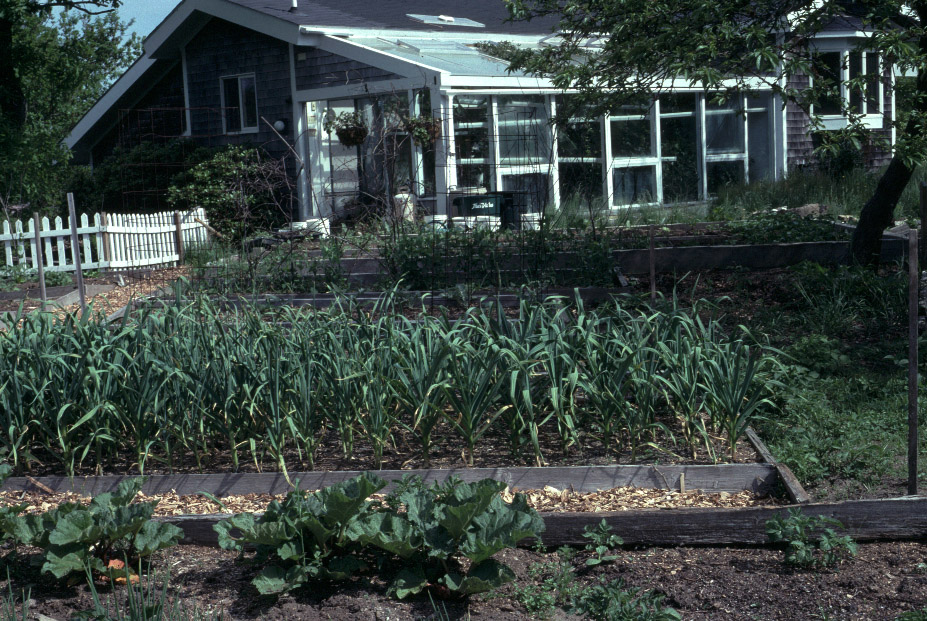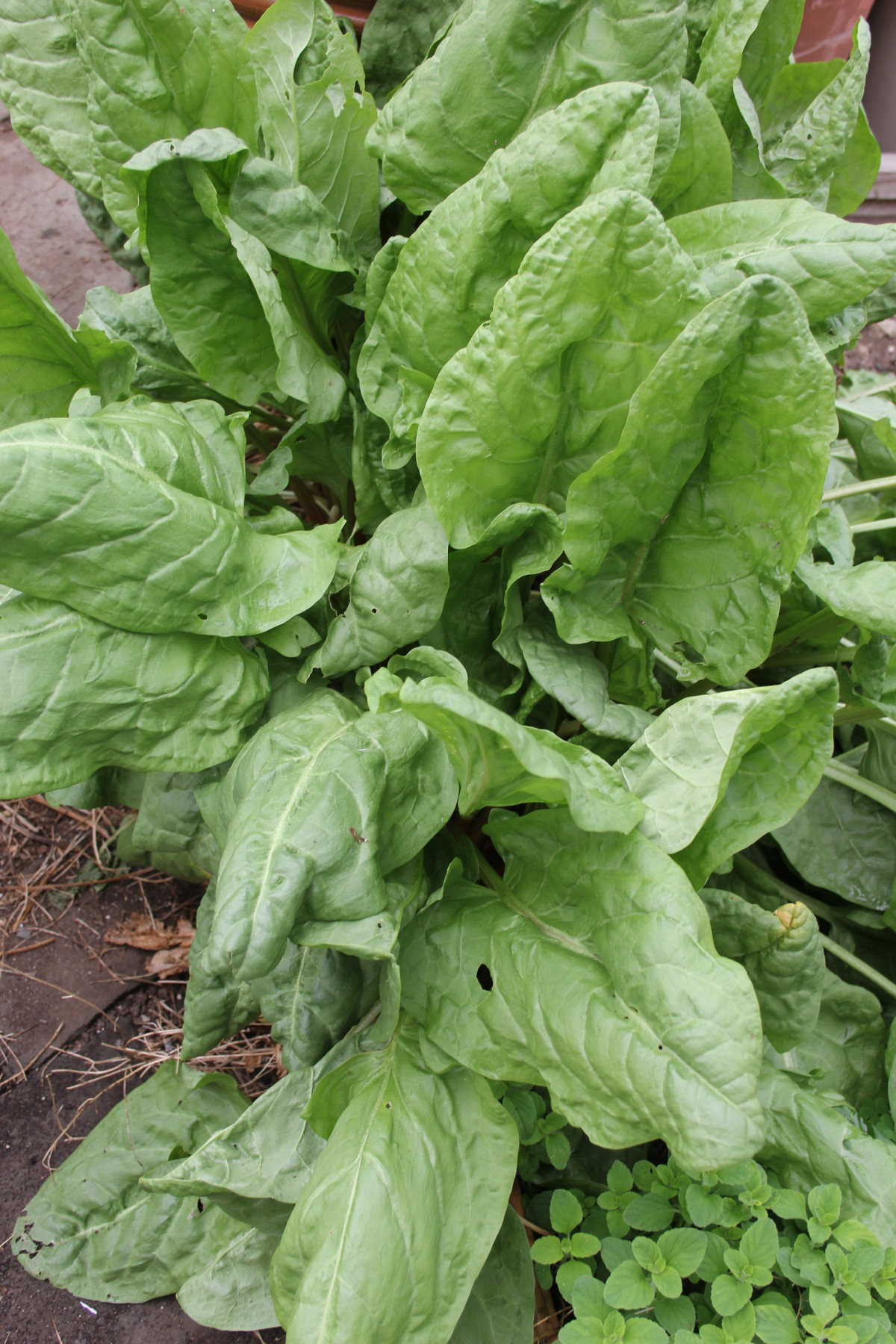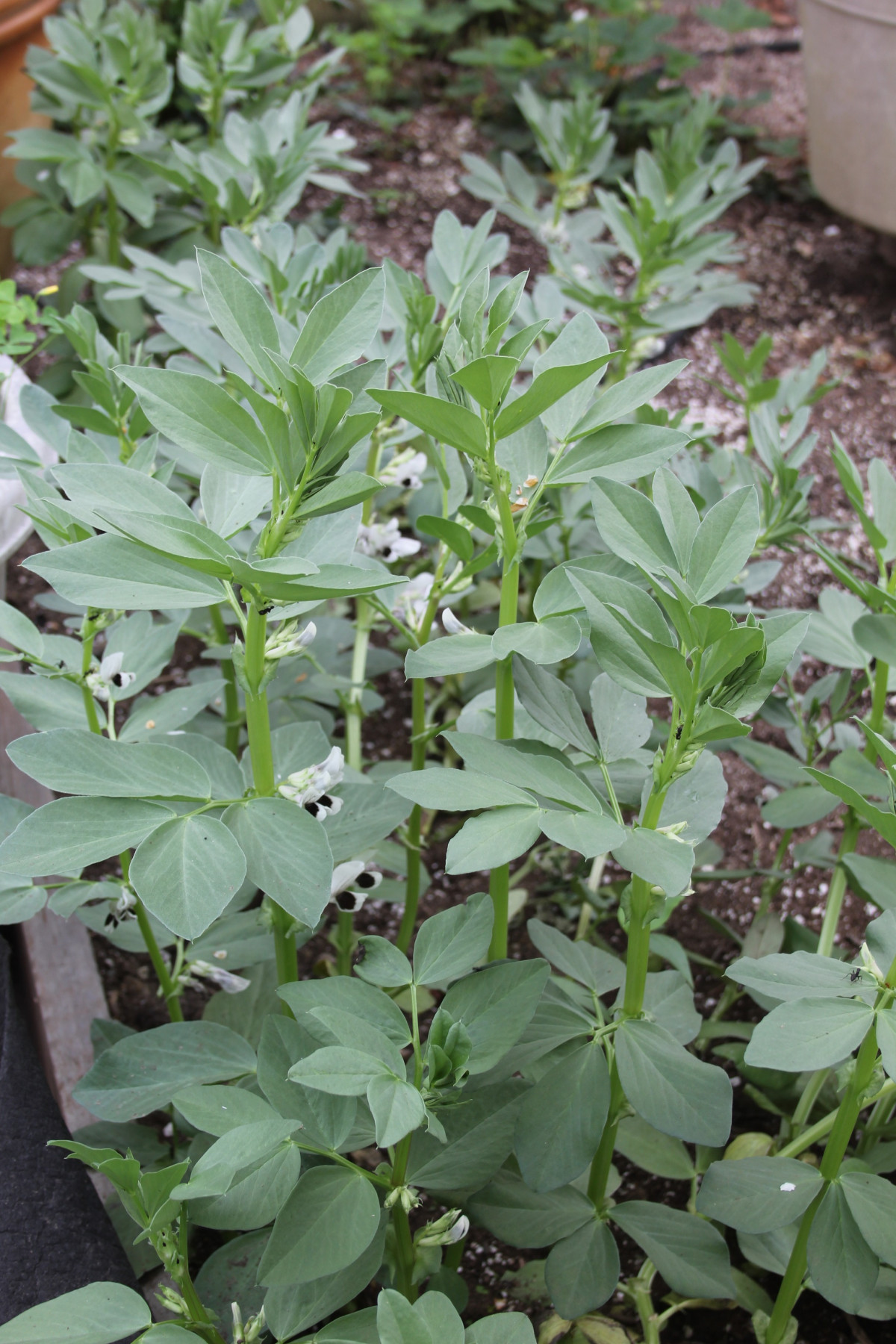
There are many reasons to grow your own vegetables during the COVID-19 pandemic. It will cut down on trips to the grocery store where observing the shopping requirements can be stressful and where certain kinds of produce can often be in short supply. Plus, veggies straight from the garden are a highly nutritious, pesticide-free addition to your table that can help to keep your immune system working at its best. If these reasons aren’t enough, the flavor and freshness of home-grown produce simply can’t be beat. There’s one catch, however. It takes time to grow vegetables, and the best time to start was a month or two ago. But not to worry. The second best time is right now.
First, you need a garden bed to plant in. I prefer to grow in raised beds. My raised beds have a border made of 2”x10” lumber, which I fill to the top with soil, manure, and compost. I make each bed no wider than 4’ so I can easily reach to the center and never have to step on the soil. Stepping on the soil unnecessarily compacts it, making it harder for the plants to grow. Instead of planting is straight lines, I simply sprinkle seeds over a portion of the bed and improve the spacing later. Plants such as lettuce and other greens can easily be transplanted to other parts of the bed, giving them more room to grow. But transplanting isn’t suitable for root crops such as carrots. These need to be thinned as seedlings, leaving the remaining plants about 2” apart.

Having the right nutrients in the soil is important to getting a good harvest, but not all fertilizers are right for all plants. Adding aged horse manure, for example, is not universally desirable. Because it tends to be high in nitrogen, it’s helpful to green crops, such as lettuce, cabbage, and kale. However, a high a nitrogen input causes tomatoes, eggplants, and peppers to grow large but to set little fruit. Tomatoes and other vining plants should have a fertilizer that is low in nitrogen but higher in other essential nutrients. Potatoes are another crop for which you shouldn’t add manure, in this case because it can cause scab on your spuds.
Correctly timing your garden planting is also very important. Here in Rhode Island, the time to plant out is usually mid-May. But this year has seen an exceptionally warm spring, so people here and in similar climates can typically start planting their gardens by the time they read this article. If in doubt about the correct timing in your area, check online to determine your area’s hardiness zone and the recommended planting times for it.
Begin with easy-to-grow plants that are tolerant of early-spring weather, such as lettuce, kale, and chard. More cold-sensitive plants can be added later. Growing lettuce, for example, is extremely easy. Simply buy a pack of seeds, sprinkle a few on the soil, and water them in. To prevent birds from eating the seeds, I temporarily cover the raised bed with a glass cloche. In five to seven days, you’ll see germination. When the seedlings have developed two true leaves, thin them to get better spacing and continue watering them if the weather is dry. In 30 to 40 days, you’ll have edible lettuce. To prolong your lettuce harvest, start a few new plants every one to two weeks. Never plant an entire pack of lettuce seeds at once, or you’ll have enough lettuce to feed the entire neighborhood, including the rabbit population. Other greens, such as kale, chard, and broccoli, are different in this regard because a greater number of seeds can be planted simultaneously and the crop harvested as needed.

Keep appropriate timing in mind with all your other crops. If you plan to grow potatoes, they too can be planted in an outdoor garden quite early in the season. In this part of New England, that’s late March or early April. The next crops to be planted outdoors are peas, including snow peas and sugar snaps to provide some variety. I’m able to plant green beans in outdoor soil in May when the ground has warmed up to about 50˚F (10˚C). But only when all danger of frost has passed should you plant onions and leeks outside. I put them in too early one year and most of the crop went to seed very quickly. Not until the ground has warmed to at least 60˚F (15˚C) should you start carrots, beets, parsnips, and other root crops outdoors because these need warmth to germinate. An additional tip for root crops is to mix radish or sand with carrot seeds. The radishes come up quickly and break up the ground to help the carrots grow. You can then harvest the radishes, leaving extra room for the carrots. Sand helps to space the seeds to reduce the amount of thinning needed later.
As you learn more about growing your own vegetables, you’ll find how easy it is to supply some delicious produce for your table. Eventually, you may, as I did, decide that you want a greenhouse to enhance your gardening experience. Using part of my unheated greenhouse, I’m able to keep harvesting a number of crops all winter long. In the heated greenhouse I’m able to grow my own tropical and semitropical fruits and vegetables right here in Rhode Island. A greenhouse opens up to you a whole ‘nother gardening world.










